Table of Contents:
What is CNC hand board: Definition, Classification, Process, Applications and Advantages
- January 4, 2025
- Tony
- Last updated on October 28, 2025 by Lucy
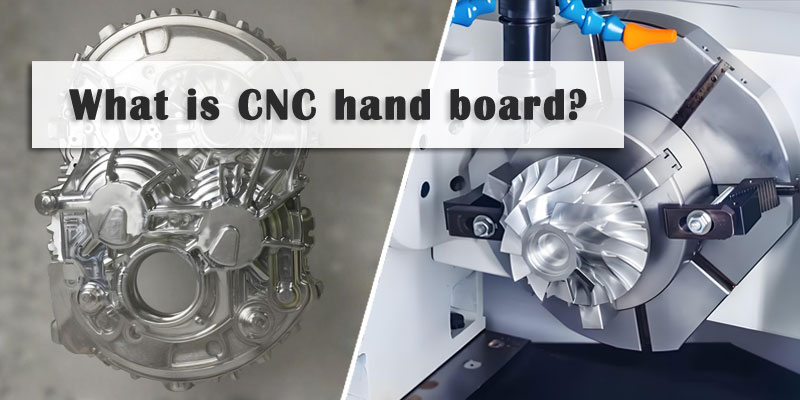
In modern manufacturing, the CNC hand board has become a crucial tool, particularly in product design, functional verification, testing, and prototyping.
This article will explore the definition, types, processing flow, common materials, and applications of CNC handboards to help you better understand this essential technology.
1. What is a handboard model?
A handboard model is a model made by rapid manufacturing techniques or traditional methods that are used to verify the design, function, and appearance of a product. It is usually used for testing and adjustment before production.
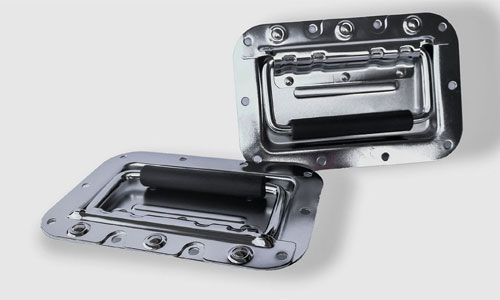
Categorization of handboards:
CNC hand board
Processed using CNC equipment (such as CNC machine tools), with higher precision and consistency, suitable for more complex designs and higher precision requirements.
2. What Exactly is a CNC Hand Board?
Let me give it to you straight – in my 25 years in manufacturing, I’ve seen “hand boards” called everything from prototypes to models to mockups. But here’s the truth: a CNC hand board is your first real physical version of a product, machined with precision that handmade versions can’t match.
Think of it as your CAD model come to life – accurate, functional, and made from real materials.
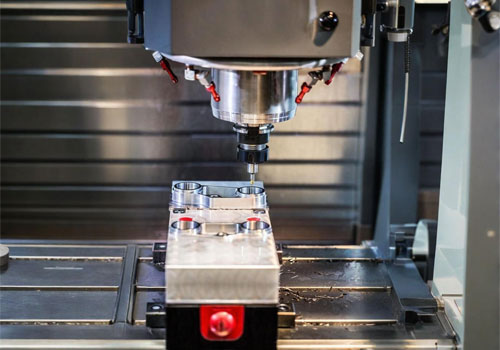
Classification of CNC hand board:
Laser rapid prototyping
The use of laser technology will be powder or liquid material by layer gradually curing molding, suitable for rapid production of complex shapes of the prototype.
CNC hand board processing
Processed by CNC machine tools, suitable for metal or plastic parts with high precision requirements, widely used in industrial products and high-precision equipment hand plate production.
What is the role of the CNC hand board?
CNC hand boards play a key role in product development:
- Design Verification
They help verify the design’s functionality and alignment with specifications. - Early Problem Detection
Accurate prototypes identify design issues early, allowing for adjustments that save time and costs. - Improved Efficiency
CNC prototyping speeds up development, enabling more experiments and tests for better decision-making.
3. CNC hand board processing process
The CNC hand board processing process usually includes the following steps:
Review
First, the engineer needs to review the design drawings in detail to ensure the accuracy and machinability of the drawings.
Demolition
The design drawings into CNC machine tools can understand the program, usually including the generation of cutting paths and related parameters.
Programming
Use CNC programming software to write machining codes and develop machining programs.
According to the written program, use CNC machine tools for machining, step-by-step cutting, and engraving the desired shape.
Surface treatment
Even with CNC machining, some details require hand finishing. Deburring, polishing, precision assembly, or other surface treatments enhance appearance and durability.
Finished product assembly
Finally, after completing all the processing steps, the parts will be assembled into the final handboard.
4. Common materials
A wide range of materials can be used for CNC hand boards and the choice is usually based on the use of the product, the design requirements, and the budget. Common materials include:
Plastics:
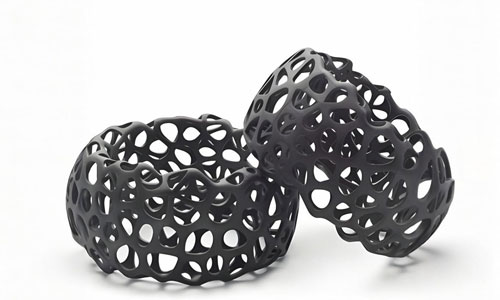
Such as ABS, PC, nylon, polystyrene (PS), etc., suitable for rapid prototyping and lower cost.
Metals:
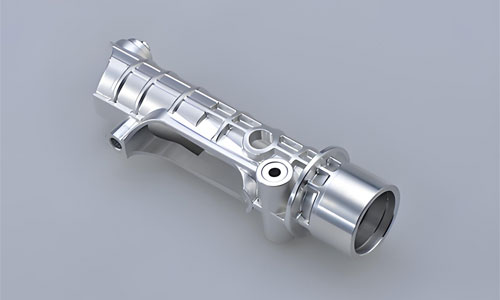
Such as aluminum, steel, copper, stainless steel, etc., are suitable for products that require higher strength, precision, and durability.
Composites:
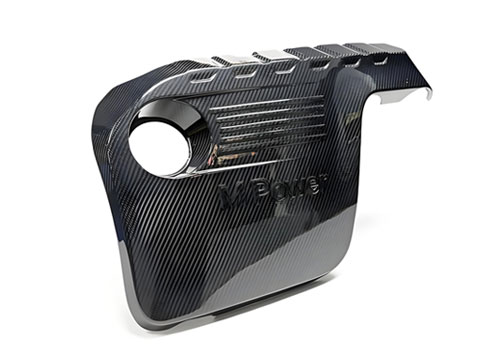
Materials like carbon fiber and glass fiber reinforced plastic (GFRP), are ideal for applications that require both lightweight and high strength.
Rubber and silicone:
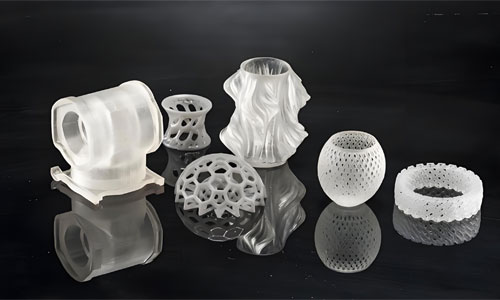
For products requiring flexibility, abrasion resistance, or high-temperature resistance.
Wood and wood composites:
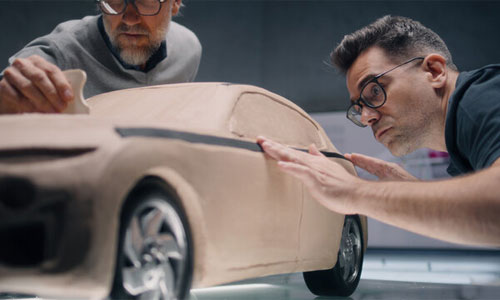
Ideal for appearance samples or design displays, they are low-cost and easy to process.
By choosing the right materials, you can ensure the functionality, durability, and cost-effectiveness of your CNC handboards.
Case Study: Automotive Sensor Housing
We had a client developing a new engine sensor. Their design looked perfect in CAD, but the CNC hand board revealed critical issues.
The Initial Design:
- Material: Aluminum 6061
- Wall thickness: 1.0mm throughout
- Mounting features: Standard M4 threads
- Thermal management: Basic fin design
CNC Hand Board Findings:
- Vibration testing: Resonance at 2800 RPM (engine operating range)
- Thermal performance: 15°C hotter than simulated
- Mounting stress: Threads pulling out at 8 Nm torque
- Weight: 45g (15% over target)
Redesign Solutions:
- Variable wall thickness: 0.8mm to 1.5mm where needed
- Reinforced thread inserts: Withstands 12 Nm torque
- Optimized fin geometry: 25% better heat dissipation
- Material optimization: Saved 8g without sacrificing strength
Final Results:
- Weight: 37g (meeting target)
- Vibration resistance: Stable through 3500 RPM
- Thermal performance: Within 2°C of simulation
- Cost: 20% reduction through design optimization
The client avoided a costly production recall by finding these issues early.
5. CNC vs Traditional: The Real Differences
The main differences between a CNC hand board and a traditional hand board are in the manufacturing process and precision:
CNC hand boards hold ±0.01mm tolerances. Traditional methods struggle with ±0.5mm.
Complex CNC hand boards in days instead of weeks for handmade versions.
CNC hand board can handle more detailed and complex shapes, while traditional hand board is better suited for simpler designs.
CNC headboards can be made from a wider variety of materials, including metals and composites. Traditional handboard is usually made from basic materials like wood or foam.
In short, CNC hand boards offer greater precision, speed, and design flexibility than traditional hand boards.
6. CNC hand board application areas
CNC handboards are found in various industries due to their high precision and flexibility. Key areas include:
They are commonly used to create detailed prototypes, enabling designers to test and refine product concepts before full-scale production.
These prototypes allow for comprehensive functional testing, helping to identify and resolve potential design issues early.
CNC hand boards are critical in producing parts for the aerospace and automotive industries, where precision and reliability are essential.
In electronics, CNC handboards are used to prototype devices, enclosures, and components, ensuring proper fit and function.
They play a vital role in creating custom medical components, surgical tools, and implants, meeting the stringent standards for safety and performance.
CNC hand boards are used to prototype parts for industrial machinery, ensuring functionality and durability under real-world conditions.
They help visualize the final product, allowing clients and stakeholders to better understand design concepts and make informed decisions.
In short, CNC handboards are indispensable across industries for prototyping, testing, and design validation.
7. Advantages of CNC hand board
- High Precision:
CNC machining achieves high precision and ensures that the hand plate aligns perfectly with the final product design. - Fast Response:
CNC machining can significantly reduce the production cycle of hand boards, enabling companies to design and test more efficiently. - Adaptable:
A diverse array of materials can be processed, including plastics, metals, composites, and more, to meet a variety of needs. - High Consistency:
CNC equipment can precisely replicate each component, ensuring that every hand plate adheres to the design specifications.
8. Precautions for CNC hand board processing
The following points need to be noted when carrying out CNC hand plate processing:
- Accuracy of design drawings:
Make sure the design drawings are error-free to avoid problems in the processing. - Selection of Appropriate Materials:
Select suitable processing materials based on the specific requirements of the handboard’s intended use. - Post-processing and surface treatment:
After CNC hand plate processing, post-processing is usually needed to carry out to ensure that both the appearance and performance meet the specified requirements. - Technical support and equipment maintenance:
Keep the CNC equipment in good condition to ensure processing accuracy and efficiency.
9. Conclusion
CNC hand boards play an important role in product design and prototyping due to their high precision, rapid production, and material adaptability. Whether in the automotive, aerospace, medical, or consumer electronics fields, CNC prototyping can effectively improve product development efficiency and ensure the quality and functionality of the final product.
If you are looking for a high-quality CNC prototyping service supplier, Allied Metal, with its state-of-the-art equipment and extensive experience, can provide your project with a precise and fast machining solution that will help you successfully transform your product from design to market.
